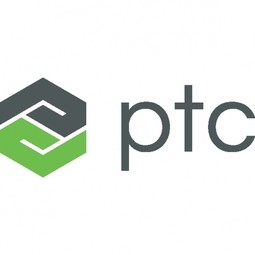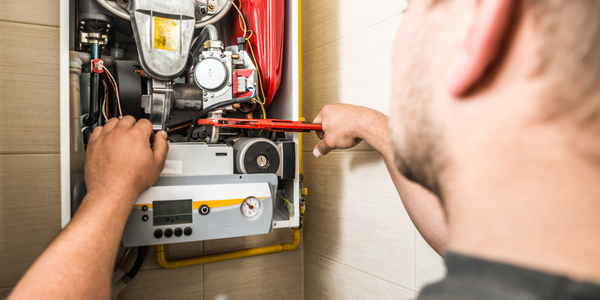After quickly dismissing the idea of building a smart solution internally, the Leica Microsystems project team evaluated several vendors, hiring a third-party research firm to conduct a benchmark study. “There were many players in the market, but price and performance were the key drivers during our evaluation,” explained Frank Bunge, Director of Technical Services Europe at Leica Microsystems. “PTC®Axeda® software came out on top in all categories and provided the professional support that we needed—that is very important for us.” Leica Microsystems chose PTC Axeda software to remotely monitor and support its TCS confocal microscopes and ASP300 S tissue processor equipment. With PTC Axeda software, Leica Microsystems has the ability to control software releases and upgrades to systems, enabling the company to test and approve any software updates when necessary. As a result, the company can meet its established verification and validation processes for regulated environments. “We wanted a model where we could focus on users and our equipment, and PTC Axeda software provided us with the agents and the applications,” Bunge said. “Our experience with the software has been quite positive. In the event that something goes wrong, we get immediate feedback and quality support.” Registered users log into the Leica RemoteCare™ site to view the devices in the regions for which they are responsible. Using PTC Axeda software, users can compare current parameters with the products’ specifications, including hardware and calibration changes, software and PC system status, laser errors/uptime, galvanometer settings, critical temperatures, and cooling system health. Critical events become predictable with the information provided. “With Leica RemoteCare, we now monitor the performance of our tissue processors,” Bunge explained. “As soon as the temperature is out of range, an alarm and email are sent to both the customer and to Leica. The customer then makes the necessary adjustments before a specimen is potentially lost. That is a major benefit of the system.” The company also monitors cleaning sequences. If systems need to be cleaned, the customer is alerted so that they don’t lose specimens. They also use RemoteCare to adjust the microscope prior to any issues in situations where power is diminishing, ensuring uninterrupted research. The Leica Microsystems project team has enabled a number of RemoteCare customer successes in a short timeframe. For example, a research institution in Germany was experiencing system crashes of its Leica Microsystems microscopes during long-term experiments. With RemoteCare, Leica Service could diagnose the problems by examining saved error logs. Using this information, it was discovered that the memory sizes at the time of the crash fell below 500 MB. From here, instead of dispatching an engineer onsite to replace what would appear to be a defective detector board, a service representative could remotely diagnose and resolve the issue. As a result, diagnosis and repair took one hour instead of three days of downtime and the potential unnecessary use of spare parts. Another customer success took place at a U.S. based university. When Leica Service received an error message explaining a failing tissue processor program, the service representative contacted the customer who was unaware that a failure had even occurred. After further inspection, the customer removed debris under the seal, restoring the original state of the tissue processor. As a result of this proactive service call, the university avoided potential system downtime and protected their specimen from damage. “Each department within Leica Microsystems benefits from RemoteCare, so this is not just a service product,” Bunge emphasized. “For example, R&D benefits from obtaining more information from the field on the reliability and use of our products. The sales department is convinced that RemoteCare will help them win more deals since service is now a competitive differentiator with even better product reliability.” RemoteCare is available to all customers with Silver and Gold service contracts at no cost and benefits can also be received by customers with equipment under warranty or those with extended Bronze service contracts. Bunge reports that RemoteCare has customers realizing more value from their service contracts: “As soon as customers realize the benefits of RemoteCare, there is a higher probability that they will continue with their service contracts.” When paired with PTC Axeda, RemoteCare’s safety features also aid in customer adoption and implementation. By Leica educating their customers on RemoteCare, they understand that it does not allow Leica Microsystems to access any customer or hospital data. The only access Leica will have is to the system information outlined to the customer. RemoteCare is promoted by sales as a standard feature for microscopes and tissue processors. In conversations with customers, benefits of RemoteCare are discussed, and once a customer is ready for implementation, a service technician installs PTC Axeda software on the computer of the microscope or tissue processor and provides training to all necessary teams. With roughly 300 systems connected, the company plans to increase that number to 1,000 microscopes and tissue processors by the end of 2009, with a long-term goal of 5,000 connected by 2012 . “Smart services will become standard for almost every piece of Leica equipment, especially high-end and medium products,” said Bunge.
Read More




